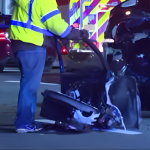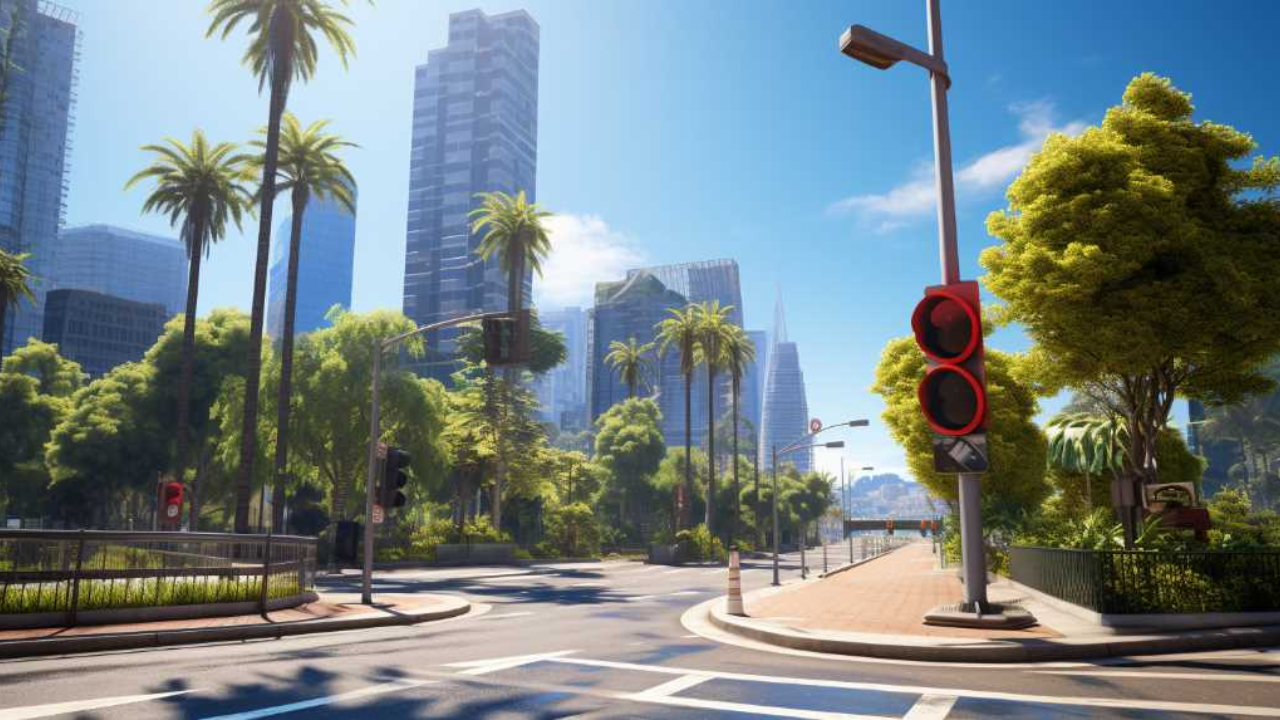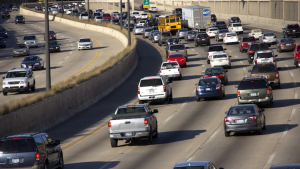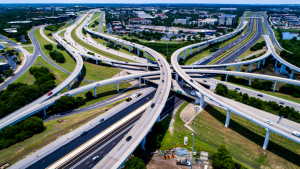Navigating the roads of San Jose requires a clear understanding of right-of-way rules to ensure safety and smooth traffic flow.
These rules dictate who must yield in various driving scenarios, reducing the risk of accidents. Here’s a comprehensive guide to help drivers in San Jose know who goes first.
Understanding Right-of-Way
Right-of-way refers to the legal right of a pedestrian, vehicle, or vessel to proceed with precedence in a particular situation or place.
In California, right-of-way laws are designed to prevent conflicts and accidents by specifying who must yield in different traffic scenarios.
Intersections Without Signs or Signals
At intersections lacking stop or yield signs:
- Simultaneous Arrival: When two vehicles arrive at an intersection simultaneously from different directions, the driver on the left must yield to the driver on the right. This rule ensures an orderly flow of traffic and prevents confusion.
- T-Intersections: At a T-intersection, the driver on the terminating road (the road that ends) must yield to traffic on the through road. Vehicles on the through road have the right-of-way.
Stop Signs at All Corners
When approaching an intersection with stop signs on all corners:
- First to Stop, First to Go: The first vehicle to come to a complete stop at the intersection has the right-of-way.
- Simultaneous Stop: If multiple vehicles stop at the same time, the vehicle on the right has the right-of-way. This rule helps determine the order of movement and prevents gridlock.
Turning Left
When making a left turn:
- Yield to Oncoming Traffic: Drivers must yield to all oncoming vehicles that are close enough to pose a hazard. It’s essential to wait until it’s safe before completing the turn.
Pedestrian Crossings
Pedestrians have significant rights on the road:
- Marked and Unmarked Crosswalks: Drivers are required to yield to pedestrians crossing the roadway within any marked crosswalk or any unmarked crosswalk at an intersection. This applies even if the crosswalk is not delineated by painted lines.
Roundabouts
Roundabouts are designed to improve traffic flow:
- Entering the Roundabout: Vehicles entering a roundabout must yield to traffic already circulating within it. This means waiting for a safe gap before merging into the roundabout.
Mountain Roads
On narrow mountain roads:
- Yielding on Steep Roads: When two vehicles meet on a steep road where neither can pass, the vehicle facing downhill must yield by backing up until the vehicle going uphill can pass. The rationale is that the vehicle facing downhill has better control when reversing.
Emergency Vehicles
When an emergency vehicle approaches:
- Pull Over: Drivers must immediately pull over to the right edge of the road and stop until the emergency vehicle has passed. This applies when the emergency vehicle is using sirens and flashing lights.
Read More:
- Right of Way Rules: Who Goes First on the Road in Dallas?
- Durbin Introduces Bipartisan Rural Hospital Closure Relief Act!
Funeral Processions
Special consideration is given to funeral processions:
- Do Not Interfere: Drivers must not interfere with a funeral procession. These processions are typically led by a traffic officer and have the right-of-way.
Bicyclists
Bicyclists are common on San Jose roads:
- Same Rights and Responsibilities: Bicyclists have the same rights and responsibilities as motor vehicle drivers. Drivers should yield to bicyclists as they would to other vehicles and be especially cautious when making turns or opening doors.
Local Regulations in San Jose
While California’s state laws provide a comprehensive framework, it’s essential to be aware of local ordinances in San Jose:
- Traffic Calming Measures: The City of San Jose implements various traffic calming measures to enhance safety. These include installing crosswalks to improve pedestrian visibility and traffic islands to slow down vehicles.
- Stop Sign Installations: The city has specific guidelines for the installation of stop signs to manage traffic flow and ensure safety at intersections.
Conclusion
Understanding and adhering to right-of-way rules are crucial for safe driving in San Jose. By following these guidelines, drivers can contribute to a safer driving environment for everyone.
Disclaimer- Our team has thoroughly fact-checked this article to ensure its accuracy and maintain its credibility. We are committed to providing honest and reliable content for our readers.






















+ There are no comments
Add yours